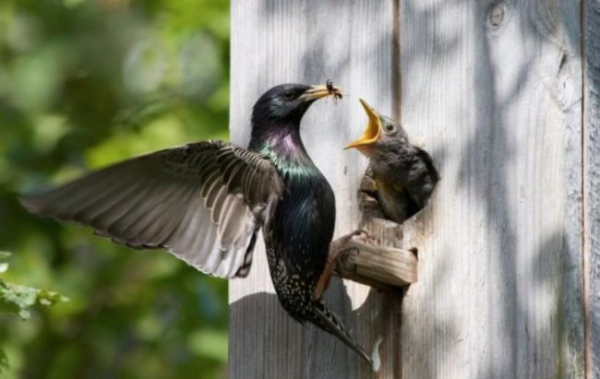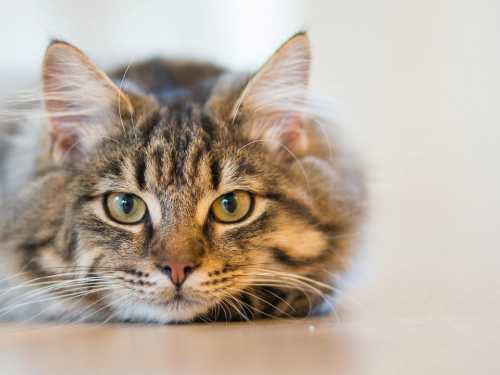
When a pigeon fancier was asked why he loved his pets, the answer was: “Because they can fly.” “And that's all?..” “Yes. Isn't that enough?”
I don't have the opportunity to keep pigeons, but two birdhouses and a tit house have been hanging for three years already. And it turned out that watching their inhabitants is an educational pleasure, forcing one to doubt the old thesis about man as the crown of Mother Nature's creation. This becomes especially clear if we compare the activities of people and animals in terms of consequences for the environment – here we are obvious outsiders. A city dweller can “rehabilitate” himself a little by feeding small birds in winter and hanging houses for them in spring: the remaining month before their family concerns is a short period, but it is still possible to have time to prepare.
To do this, it is important to observe the dimensions of the future home: the bottom of the birdhouse is 14×14 cm, the side walls are 14×32 cm, the sleeve of the removable lid is 3x14x14 cm, the entrance, i.e. the hole for “entrance and exit”, is made at a distance of 5 cm from the upper edge of the front wall with a diameter of 4.7 cm. The titmouse box is made in the same way as the birdhouse, only smaller in size: the bottom is 11×11 cm, the front and back walls are 15×28 cm, the side walls are 11×28 cm, a flight hole with a diameter of 3.7 cm and 4 cm from the upper edge is arranged on the front wall, the lid is made with a protrusion forward by 5 cm and back by 1 cm. There is no need to paint, it is important that there are no cracks, a twig is fixed near the “entrance” and the flight hole is turned to the east or south – for a birdhouse, and to the west – for a titmouse box. Although there are very few “well-appointed” homes now, and birds are grateful even for houses built with violations – as they say, thanks for that too…
When I first hung my birdhouses, the whole family was worried – would they settle in or not? They did! And there was even a scandal between several families over such new living space! By the way, observing ringed starlings, ornithologists have established that these birds have a very developed sense of homeland. As a rule, after wintering, they always return to their previous place: at last year's nest, the male meets his mate after parting. The meeting is always joyful – the male stretches out his whole body, shakes his wings, opens his beak wide and, puffing out his chest, sings tirelessly. A good imitator, he can meow like a cat, creak a well winch, cackle like a chicken or croak like a frog. Having been to the south, he will add to the sounds familiar to us the ones learned in distant Africa or India…
The loudest and most lively singing is heard in the first week – this means that the home has been accepted and the nest is being prepared. Then, after two weeks of incubation, the busy time begins – feeding three or four “newborns”. Both parents bring food on average 200 times a day, and on the way back they throw away the used “diaper” in flight – a pinch of nesting litter with droppings.
This continues only for the first week, and then the stronger chicks climb up, stick their short tails out of the door-window and shoot their “bombs” as far as possible – watch out, standing below! During this period, they gradually become covered with feathers and spend the night on their own, closely pressed together. The parents fly out of town at sunset, only to return in the morning and continue their chores. As a result, two weeks after the birth of naked babies, we will be able to observe almost adult birds, differing from their parents only in a shorter tail and gray plumage. But the father and mother do not allow them to rest: they lure them away from the nest, and after an hour-long bird market, everyone disappears somewhere. Silence sets in…
The next morning the whole family returns to their house, crows a bit, and the young ones will return here only in September, but in a different guise of adult birds, ready for a long flight to wintering grounds. And the parents must have time to raise another generation so that they can also get stronger and go to the southern regions.
And this cycle of the birth of a new generation of different birds is repeated all over the Earth, so that man can see this absolutely pure beauty, think about its nature, realize the greatness of the Creator and become better.





